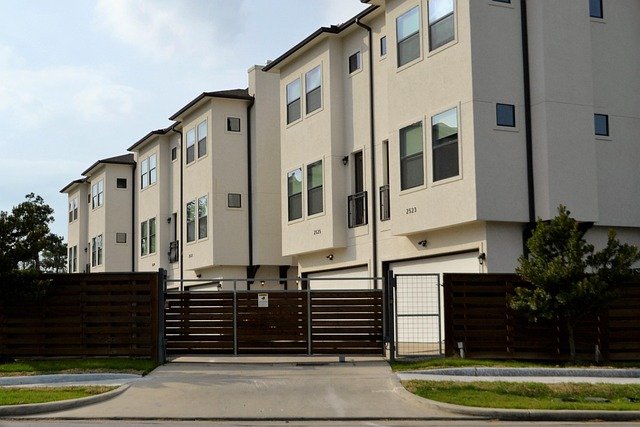Micro-Apartments: The Next Big Thing in Urban Real Estate
The rise of micro-apartments is reshaping urban living landscapes across major cities. These compact living spaces, typically ranging from 200 to 400 square feet, are gaining traction as a solution to housing shortages and affordability issues. In New York City alone, the average rent for a micro-apartment is 20% lower than a standard studio, making them an attractive option for young professionals and urban dwellers seeking prime locations without the premium price tag.

Design Innovations Maximizing Limited Space
Architects and designers are at the forefront of the micro-apartment revolution, employing clever strategies to make these small spaces feel larger and more functional. Multi-purpose furniture, such as murphy beds that transform into desks or dining tables, is a staple in these units. Vertical storage solutions, including floor-to-ceiling shelving and lofted sleeping areas, maximize every square inch. Some developments even incorporate movable walls, allowing residents to reconfigure their space throughout the day.
Economic Drivers Behind the Micro-Apartment Trend
The surge in micro-apartment popularity is largely driven by economic factors. In major cities where real estate prices have skyrocketed, these units offer an affordable entry point for renters and buyers alike. For developers, micro-apartments present an opportunity to increase the number of units in a building, potentially boosting overall revenue. This economic model has led to a proliferation of micro-apartment complexes in urban centers, particularly those with high job growth and limited housing supply.
Target Demographics and Lifestyle Considerations
While often associated with millennials and young professionals, the appeal of micro-apartments extends to various demographics. Empty nesters looking to downsize, frequent travelers seeking a pied-à-terre, and students in university towns all find value in these compact living spaces. The trade-off of personal space for prime location aligns with the priorities of many urban dwellers who spend most of their time outside the home, using the city as an extension of their living space.
Challenges and Criticisms of Micro-Living
Despite their growing popularity, micro-apartments face scrutiny from urban planners and housing advocates. Critics argue that these units may lead to overcrowding and compromise quality of life. There are concerns about the long-term livability of such small spaces and their impact on mental health. Additionally, some cities worry that an oversupply of micro-units could alter neighborhood demographics and strain local infrastructure.
Regulatory Landscape and Policy Implications
The regulatory environment for micro-apartments varies significantly across jurisdictions. While some cities have embraced the concept by relaxing minimum size requirements, others maintain strict regulations. New York City, for instance, launched a pilot program allowing for units as small as 260 square feet, a significant departure from the previous 400 square foot minimum. These policy changes reflect a growing recognition of the need for diverse housing options in urban areas.
Investment Potential and Market Outlook
From an investment perspective, micro-apartments present both opportunities and risks. The higher price per square foot can yield attractive returns, especially in markets with strong rental demand. However, the niche nature of these units may limit resale options. As the market matures, investors are closely watching occupancy rates and tenant turnover to gauge long-term viability. Some analysts predict that micro-apartments will become a standard offering in urban real estate portfolios, alongside traditional unit types.
Technological Integration in Micro-Apartments
Technology plays a crucial role in enhancing the livability of micro-apartments. Smart home systems that control lighting, temperature, and entertainment can create a more spacious feel and improve energy efficiency. Some developments are incorporating communal amenities like shared workspaces and smart lockers for package delivery, effectively extending the living space beyond the unit itself.
The Future of Urban Housing: Balancing Density and Livability
As cities continue to grapple with housing affordability and sustainability, micro-apartments are likely to play an increasingly significant role in urban development strategies. The success of these units will depend on striking a balance between efficient use of space and quality of life. Future iterations may see further innovations in design and technology, as well as integration with co-living concepts to create more holistic urban living solutions.





